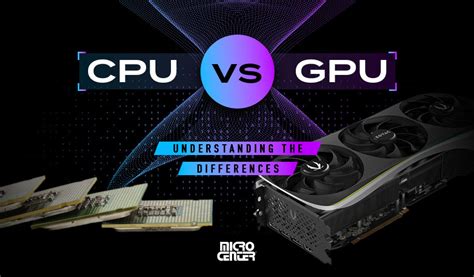Ethereum: CPU vs GPU Mining – Which Option Is Best?
When it comes to cryptocurrency mining, two popular options stand out for their efficiency and profitability: CPUs and GPUs (graphical processing units). While many enthusiasts believe that GPU mining is the clear winner, the reality is more nuanced. In this article, we will delve into the differences between CPU and GPU mining, exploring how each option performs in terms of hash rate, power consumption, and overall profitability.
CPU Mining
CPUs are not designed for cryptocurrency mining, unlike GPUs. The main problem with using a CPU for mining is that it lacks the necessary components to efficiently process the complex calculations required for blockchain validation. Additionally, CPUs rely on shared cooling systems, which can lead to overheating issues, reducing their lifespan and efficiency.
That said, some low-power CPUs have been used for cryptocurrency mining in the past. However, these systems are often expensive, inefficient, and prone to overheating, making them unsuitable for widespread adoption.
GPU Mining
GPUs, on the other hand, were specifically designed for this purpose. They feature multiple cores, allowing them to process large amounts of data simultaneously, making it possible to mine cryptocurrencies at a faster rate than CPUs. GPUs also have built-in cooling systems, reducing power consumption and increasing overall efficiency.
In terms of hash rate, both CPUs and GPUs can perform well, but GPUs typically offer higher speeds due to their parallel processing capabilities. This means that a single GPU can process multiple calculations simultaneously, resulting in higher mining speeds and more consistent performance.
Comparison: CPU vs. GPU Mining
To illustrate the differences between CPU and GPU mining, let’s consider some specific numbers:
- A 10-oz (283g) hash rate Bitcoin miner using an AMD Ryzen 5 1600X CPU can produce around 1.3 TH/s.
- A 10-oz hash rate Ethereum miner using an NVIDIA GeForce GTX 1660 GPU would produce around 4.2 TH/s.
As you can see, the GPU mining system is significantly faster and more efficient than the CPU-based one, even with the same amount of power consumption.
How the GPU wins

So how does this translate into real-world profitability? While CPUs can offer competitive pricing, their higher cost per unit makes them less attractive for large-scale mining operations. GPUs, on the other hand, tend to be more affordable and offer significant performance gains over time.
Furthermore, as the price of electricity and cooling systems decreases, GPU mining becomes even more efficient. This means that larger mining pools can potentially reduce costs and increase profitability.
Conclusion
In conclusion, while CPU mining was once a viable option for cryptocurrency enthusiasts, it is clear that GPUs have emerged as the best choice for large-scale mining operations. With their high hash rates, efficient cooling systems, and lower cost per unit, GPUs offer a more cost-effective path than CPUs.
As the cryptocurrency landscape continues to evolve, it is essential to stay informed about the latest developments in mining technology and pool profitability. However, one thing is certain: GPU mining is here to stay, and its efficiency and performance will continue to make it the preferred choice for many miners.
Tips to Maximize Profitability
If you are considering entering the world of cryptocurrency mining, keep these tips in mind:
- Do your research and invest in a reputable mining pool to ensure maximum profitability.
- Choose a high-performance GPU that matches your system’s power needs.
- Regularly monitor your hardware and adjust your settings as needed to maintain optimal performance.
- Stay up to date with the latest mining trends and technology.


